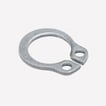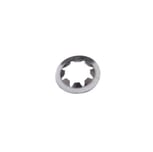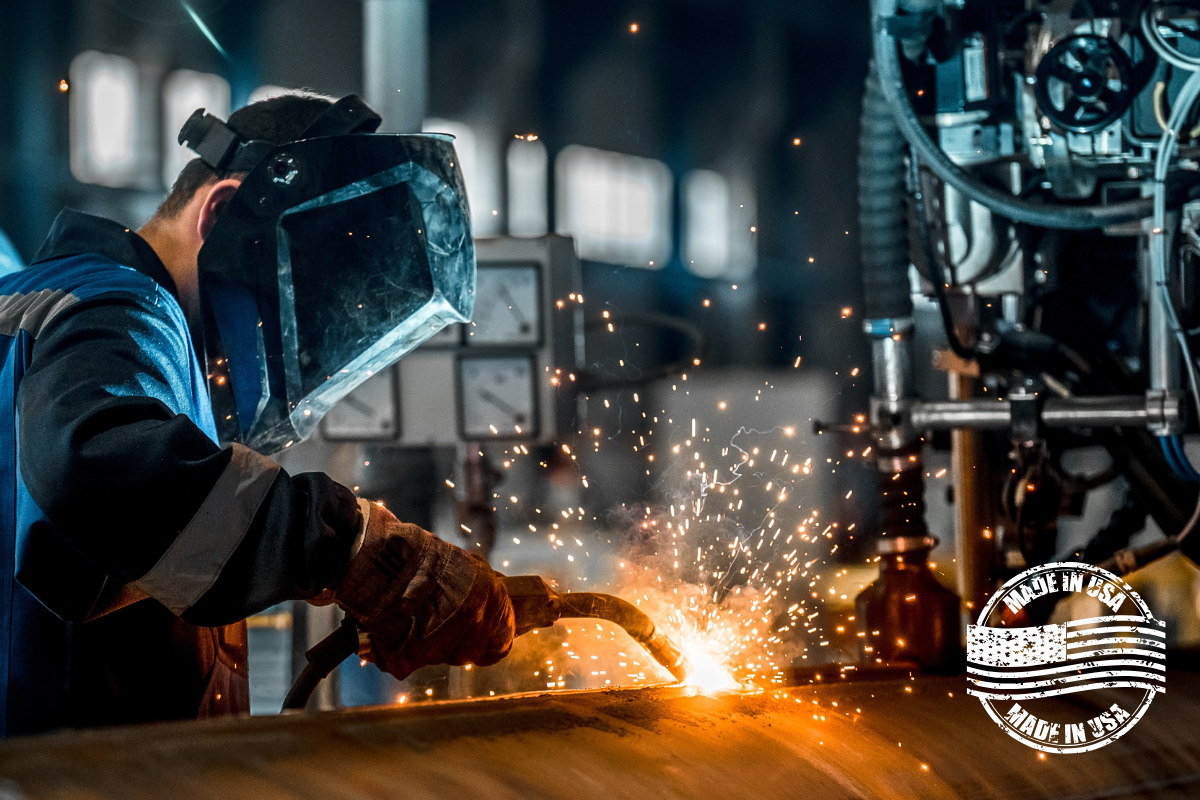.png?width=800&height=419&name=Blog%20Banner%20-%20Retaining%20Clips%20(1).png)
Retaining rings can be an alternative to traditional threaded fasteners for holding components in a housing or on a shaft. They’re installed inside a housing or bore, or into a groove on a shaft to create a shoulder which retains an assembly. They eliminate threading, tapping, drilling and other machining operations associated with screws, nuts, bolts, etc. Because the grooves required for using retaining rings can be machined with other processes, they can help reduce production costs. Retaining rings are more compact than traditional fasteners but no less functional. They can also impact the cost of raw materials and labor, as well as reduce the weight of an end product.
There are two primary types and four main styles of retaining rings.
The two types are internal and external.
Internal retaining rings are used inside the bore or housing as attachment points for assembly parts. Their external counterparts fit into grooves on the outside of a shaft to attach assembly parts to the shaft.
The four main styles include:
- Tapered Section
- Constant Section
- Spiral
- Circular Push-On
 The most common retaining ring is the Tapered section style. Tapering allows them to be installed with retaining ring pliers, and their heavy cross-section offers high thrust load capacity. Tapered section retaining rings can be divided into several types.
The most common retaining ring is the Tapered section style. Tapering allows them to be installed with retaining ring pliers, and their heavy cross-section offers high thrust load capacity. Tapered section retaining rings can be divided into several types.
Axially assembled tapered section retaining rings are installed into machined grooves, with the small holes in the rings used to assist with installation and removal. They can be inverted, beveled, or bowed. Inverted rings allow for greater clearance on the shaft or in the housing. Beveled rings have a 15-degree bevel which allows the ring to wedge between the groove and the part, and locks it into place. The bowed version acts like a spring keeping the assembly compressed.
E-Clips are an example of a Radially Assembled tapered section retaining ring. They provide a  larger surface for retaining.
larger surface for retaining.
Self-Locking rings can be installed where no grooves have been machined into a housing or shaft.
 The second major type of retaining ring is the Constant Section retaining ring. These are also referred to as Snap Rings and feature a uniform, Constant section. This means that the material used to make the ring is the same width at any point along the circumference of the ring. They’re often specified for heavy-duty or impact loading applications. Advantages of Constant section retaining rings include the fact that no special tooling is required to install or remove them. They have high ring shear, provide three-point contact with the groove, and tend to be less expensive than tapered and spiral rings.
The second major type of retaining ring is the Constant Section retaining ring. These are also referred to as Snap Rings and feature a uniform, Constant section. This means that the material used to make the ring is the same width at any point along the circumference of the ring. They’re often specified for heavy-duty or impact loading applications. Advantages of Constant section retaining rings include the fact that no special tooling is required to install or remove them. They have high ring shear, provide three-point contact with the groove, and tend to be less expensive than tapered and spiral rings.
Spiral retaining rings are axially installed and make 360-degree contact with the groove. They do not have lugs, making them ideal for applications in which a lug could interfere with the assembly. They do have a built-in notch to facilitate removal, and special tools are not required to install or remove.
not have lugs, making them ideal for applications in which a lug could interfere with the assembly. They do have a built-in notch to facilitate removal, and special tools are not required to install or remove.
 The Circular Push-On is the fourth primary type of retaining ring. According to American Ring, Circular Push-On Rings are ideal in situations where there is no groove, and low thrust load capacity is required. Their prongs cling to the bore or shaft, creating a shoulder to hold low amounts of force. The ring is held in place by prongs that face inward.
The Circular Push-On is the fourth primary type of retaining ring. According to American Ring, Circular Push-On Rings are ideal in situations where there is no groove, and low thrust load capacity is required. Their prongs cling to the bore or shaft, creating a shoulder to hold low amounts of force. The ring is held in place by prongs that face inward.
For more information or help selecting the right part for your application, contact your nearest Austin Hardware® location or engage us in an online chat at www.austinhardware.com.







